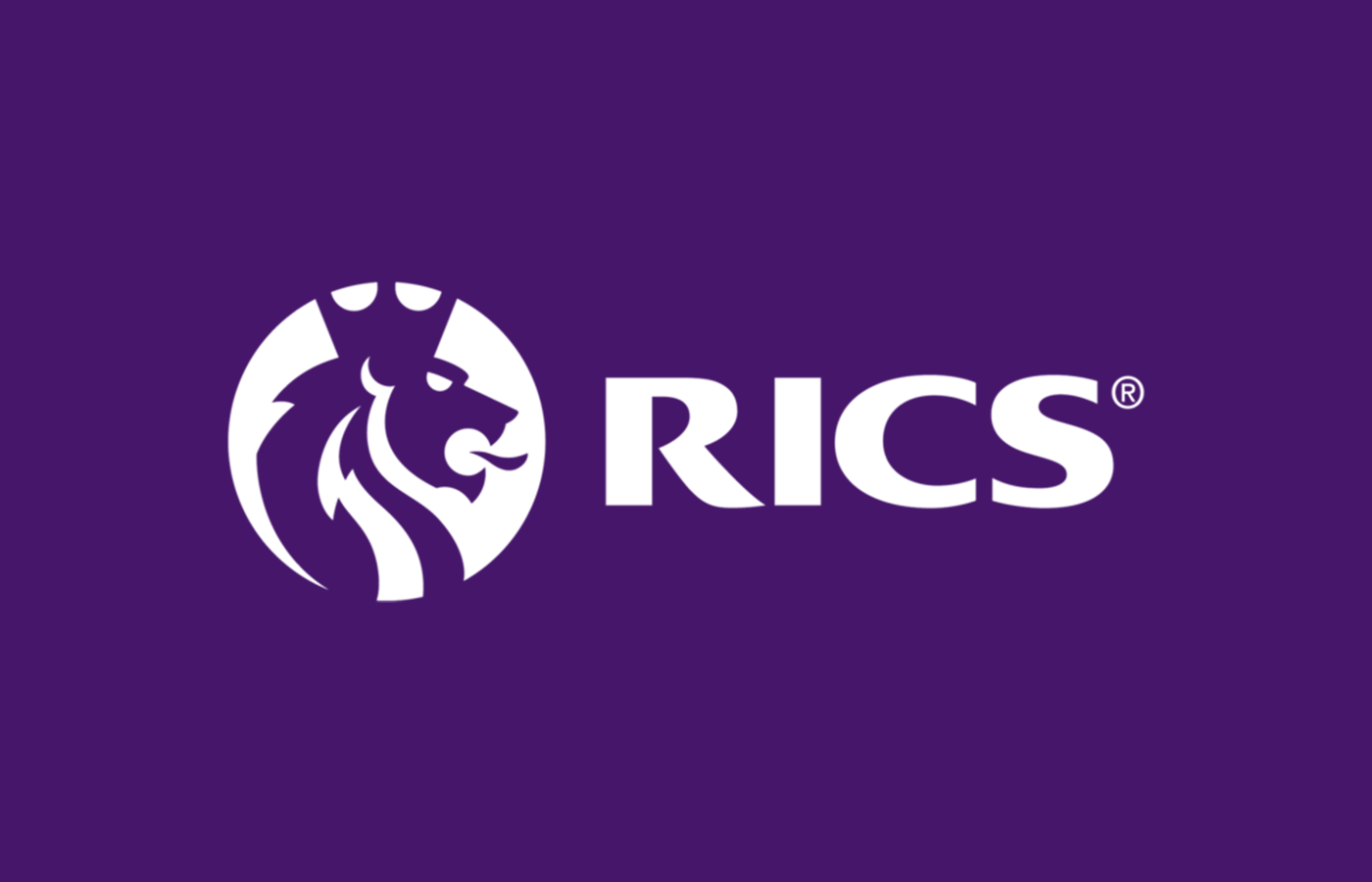Moisture risk of spray foam insulation applied to timber sloped roofs Modelling of moisture risk for retrofitted spray foam insulation in existing dwellings [Electronic resource]
Publication details: London, Health and Safety Executive 28 March 2024Description: 78pSubject(s): Online resources: Summary: Building Safety Regulator of the Health and Safety Executive modelling investigates the level of moisture and timber degradation risk which may be encountered when a sprayed foam insulant is applied to typical domestic timber roofs. The modelling indicates that risks are low when an open cell (moisture permeable) insulant is applied in line with guidance described in British Standard BS 5250:2021. Levels of theoretical risk vary with the temperature conditions when the insulant is applied directly to a low resistance underlay. Low levels of risk were found in a climate considered typical for London for all scenarios. Medium levels of risk were found in a climate considered typical for Newcastle for most scenarios. The modelling identified higher levels of risk in some scenarios when a sprayed foam is applied to high resistance underlay. In particular, high risks were determined in London when open cell insulation is applied with no Air and Vapour Control Layer (AVCL) present, reducing to low risks when a closed cell insulant and/or an AVCL is used. High levels of risk were also identified in Newcastle, which were reduced to a medium or low risk by the presence of an AVCL. The highest risk assessed is when spray foam insulation is applied directly onto the roof covering. This leads to high risks under all modelled scenarios.| Item type | Current library | Call number | Status | Date due | Barcode | |
|---|---|---|---|---|---|---|
| Online material | Virtual Online | Available |
Building Safety Regulator of the Health and Safety Executive modelling investigates the level of moisture and timber degradation risk which may be encountered when a sprayed foam insulant is applied to typical domestic timber roofs.
The modelling indicates that risks are low when an open cell (moisture permeable) insulant is applied in line with guidance described in British Standard BS 5250:2021.
Levels of theoretical risk vary with the temperature conditions when the insulant is applied directly to a low resistance underlay. Low levels of risk were found in a climate considered typical for London for all scenarios. Medium levels of risk were found in a climate considered typical for Newcastle for most scenarios.
The modelling identified higher levels of risk in some scenarios when a sprayed foam is applied to high resistance underlay. In particular, high risks were determined in London when open cell insulation is applied with no Air and Vapour Control Layer (AVCL) present, reducing to low risks when a closed cell insulant and/or an AVCL is used. High levels of risk were also identified in Newcastle, which were reduced to a medium or low risk by the presence of an AVCL. The highest risk assessed is when spray foam insulation is applied directly onto the roof covering. This leads to high risks under all modelled scenarios.
